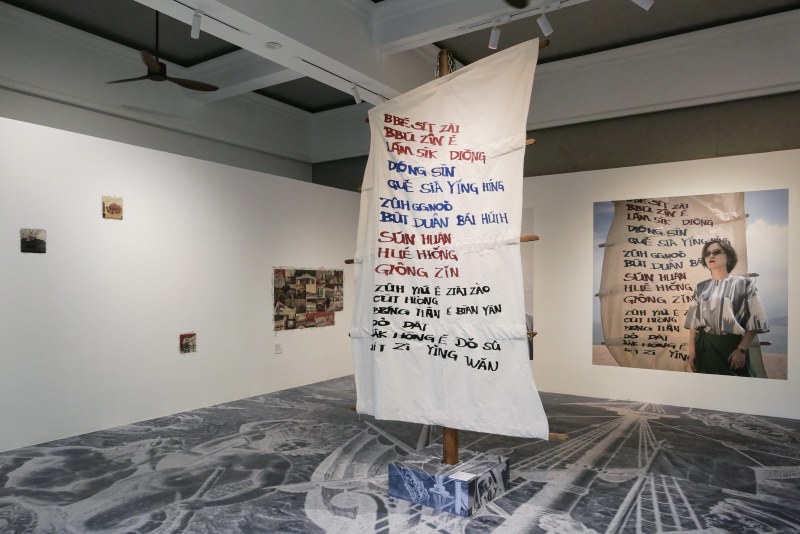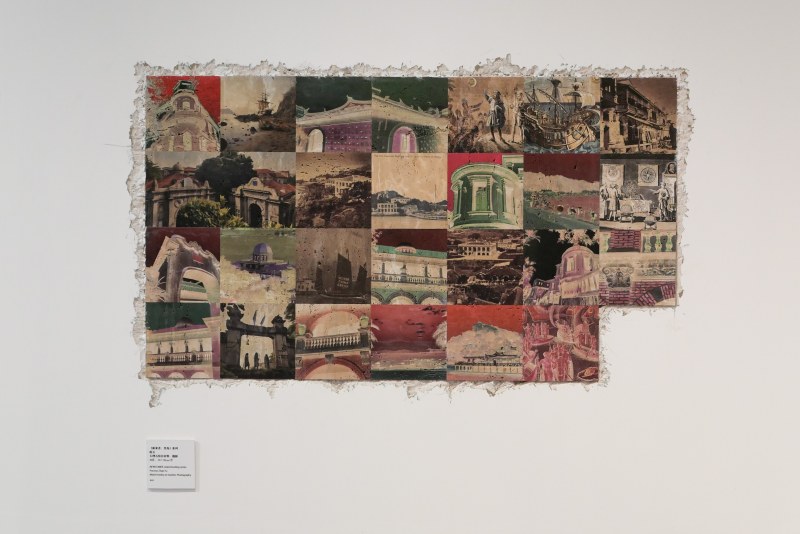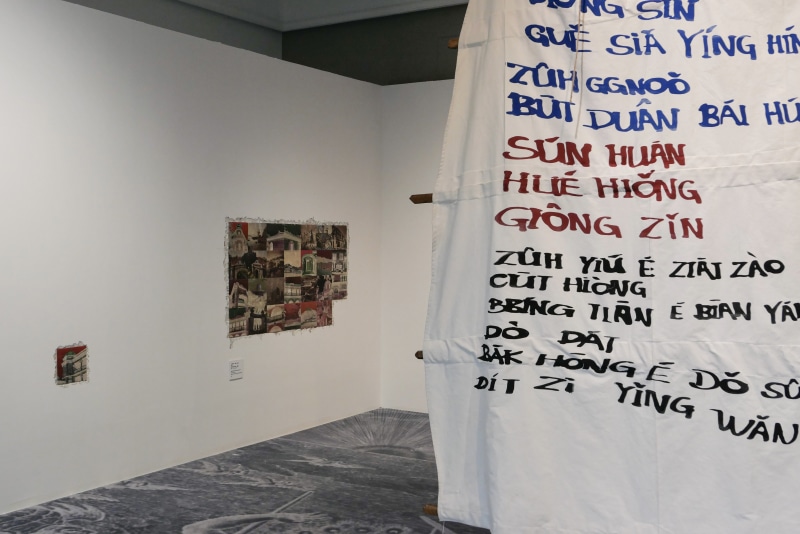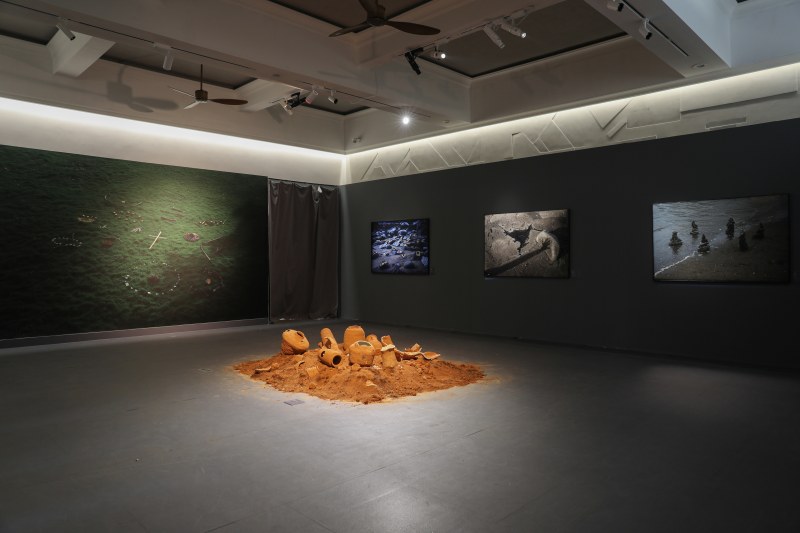-
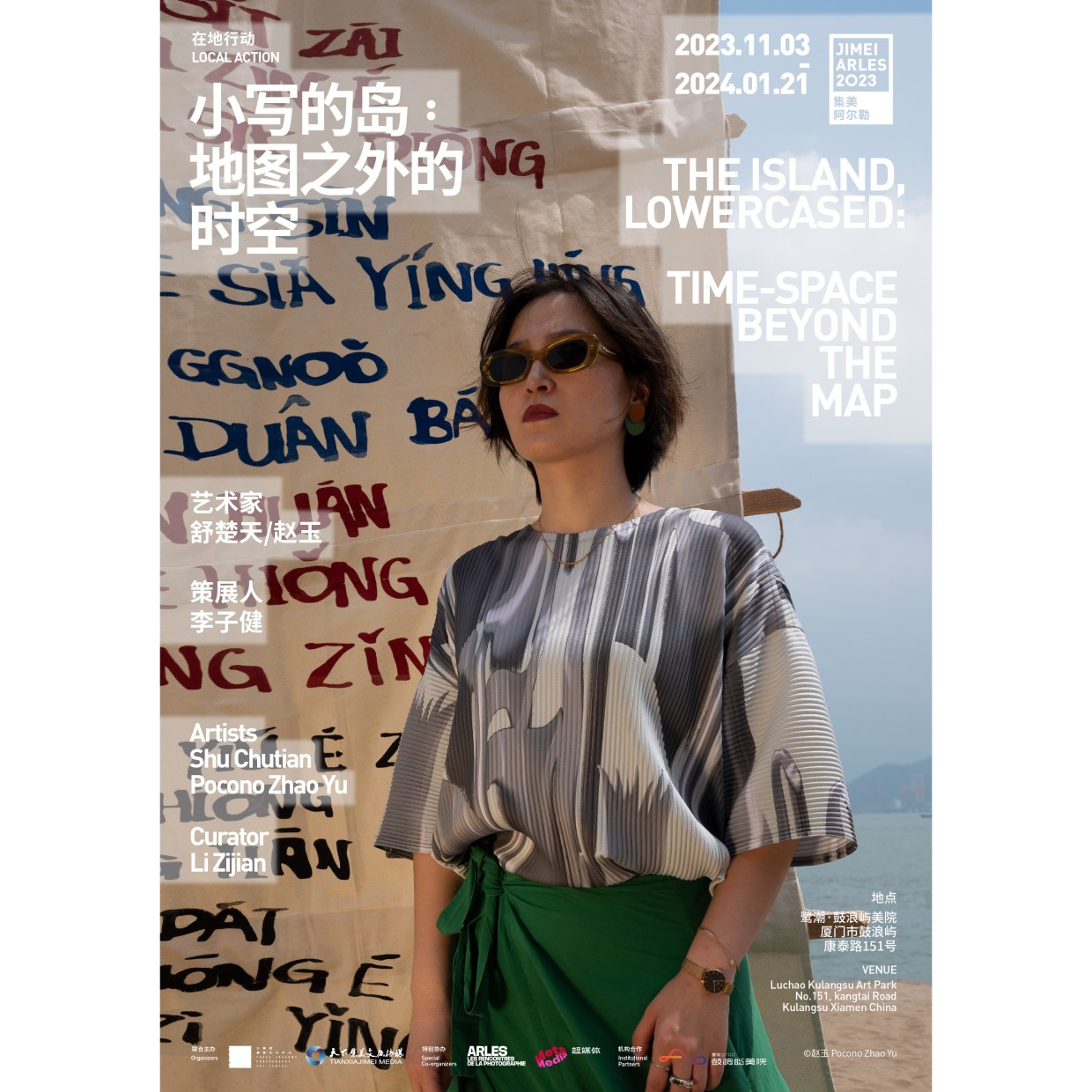
-
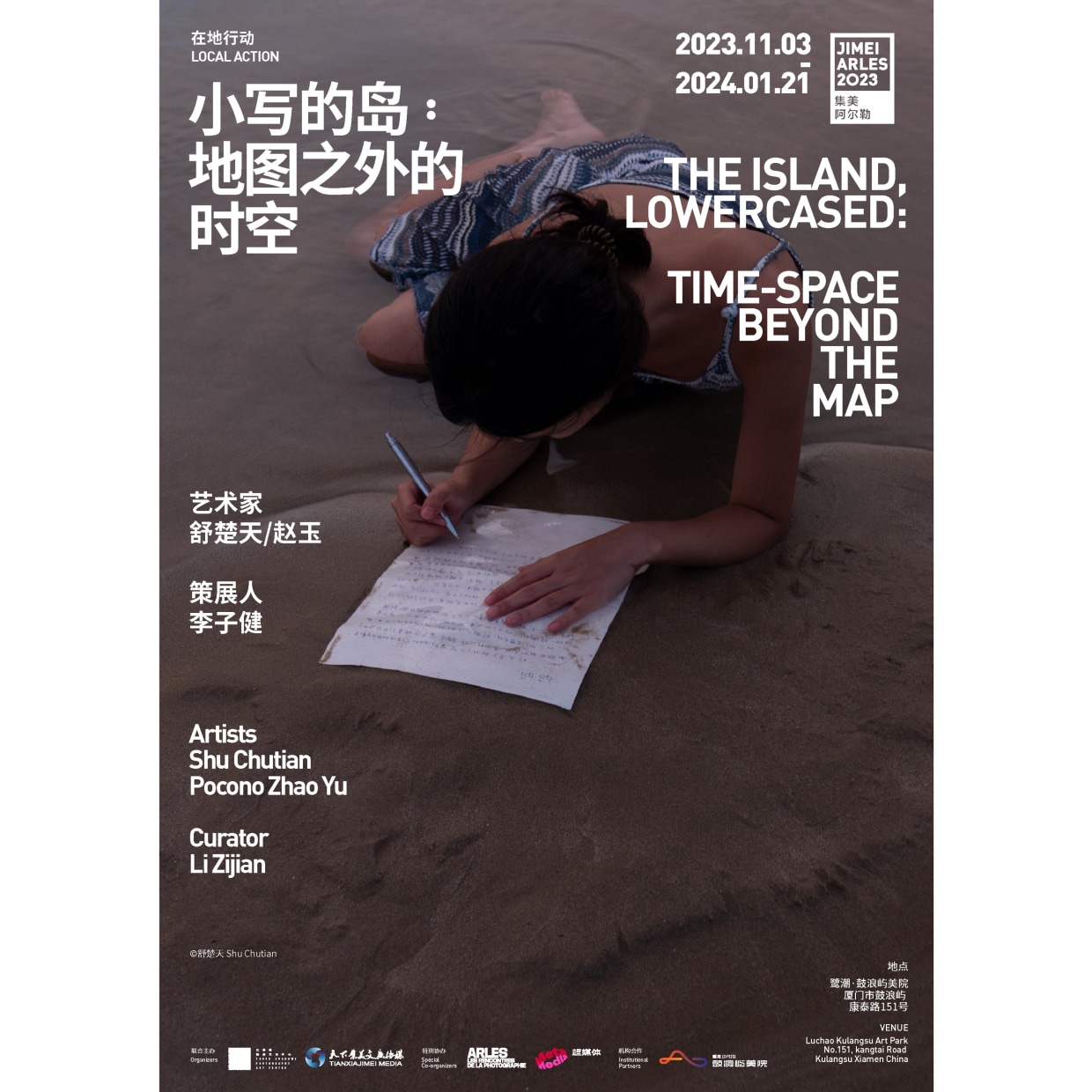
-
 Portrait of Shu Chutian
Portrait of Shu Chutian -
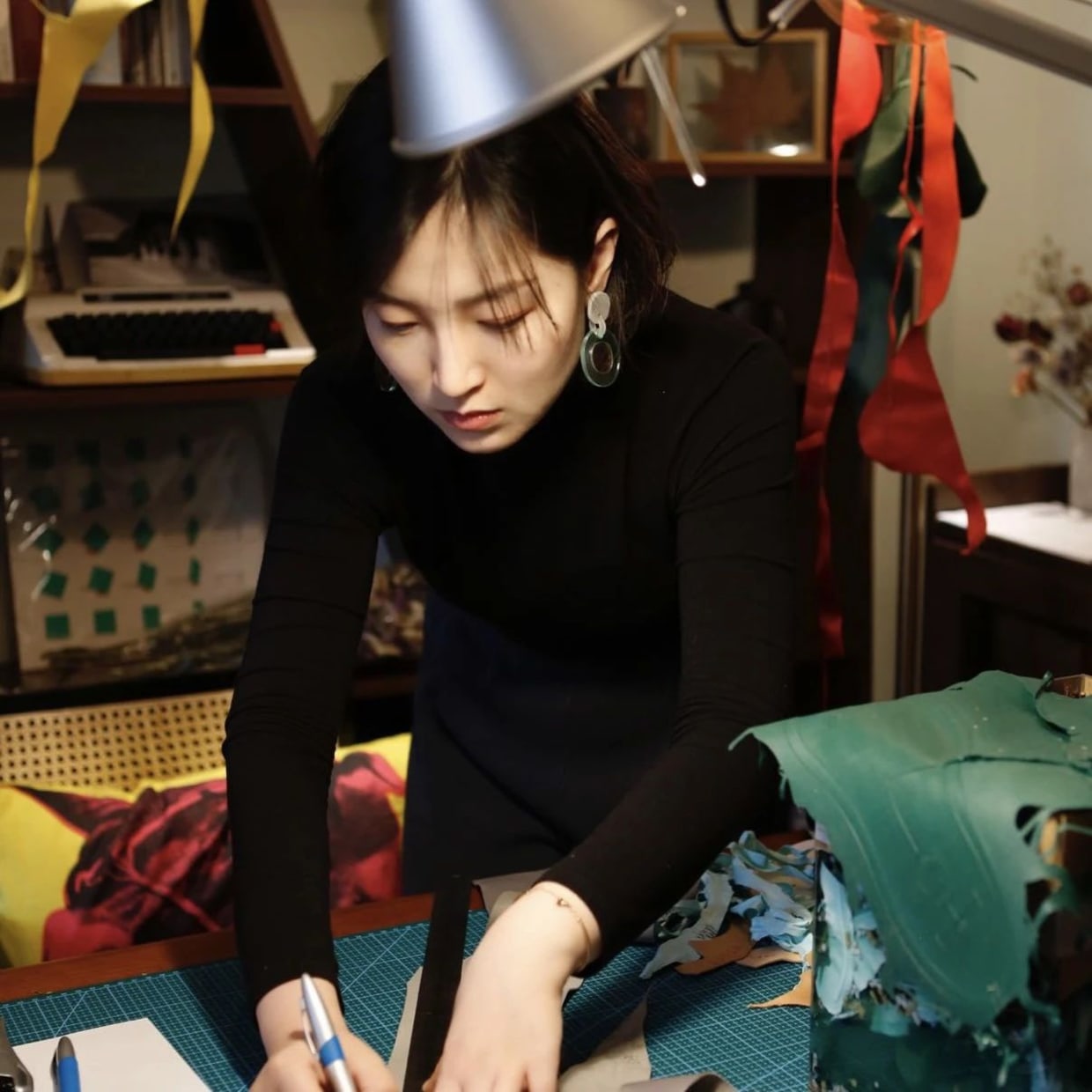 Portrait of Pocono Zhao Yu
Portrait of Pocono Zhao Yu -
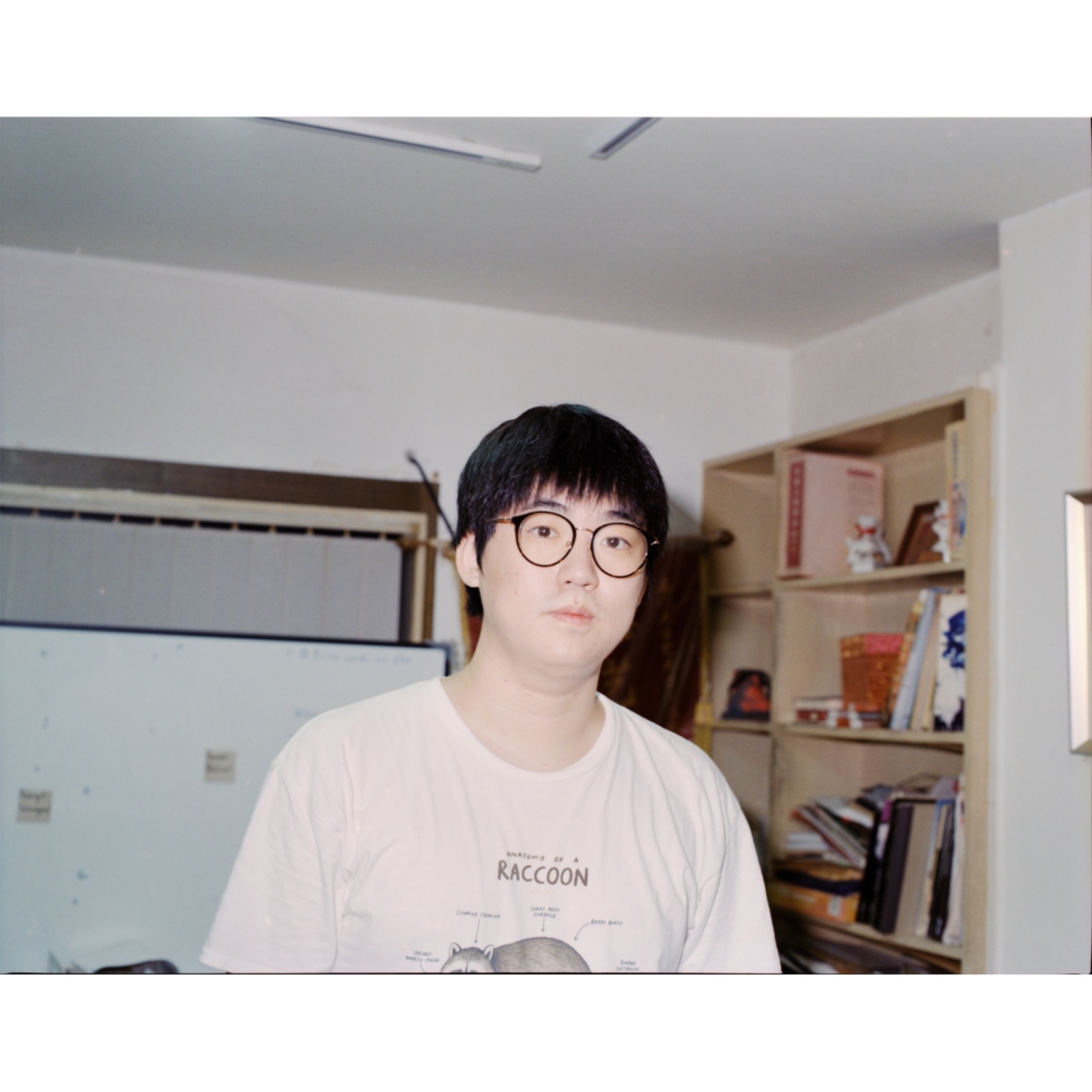 Portrait of Li Zijian
Portrait of Li Zijian -
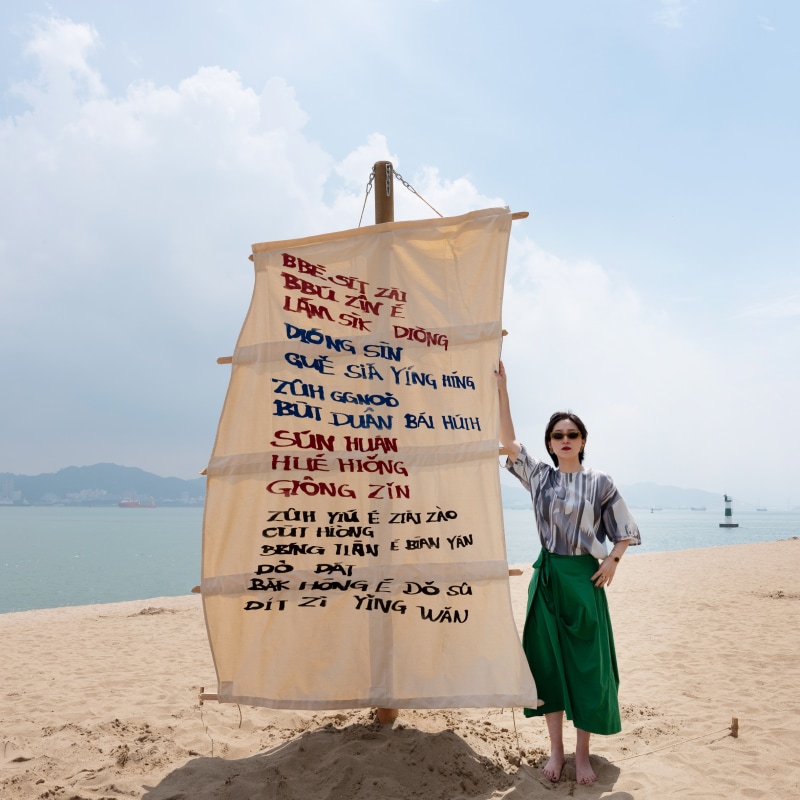 Pocono Zhao Yu, "From Landing on the island in the endless blue", 2023. UV print. Courtesy of the artist.
Pocono Zhao Yu, "From Landing on the island in the endless blue", 2023. UV print. Courtesy of the artist. -

Pocono Zhao Yu, "NEWCOMER,Island Ianding", 2023. Mixed media on marble, Photography. Courtesy of the artist.
-
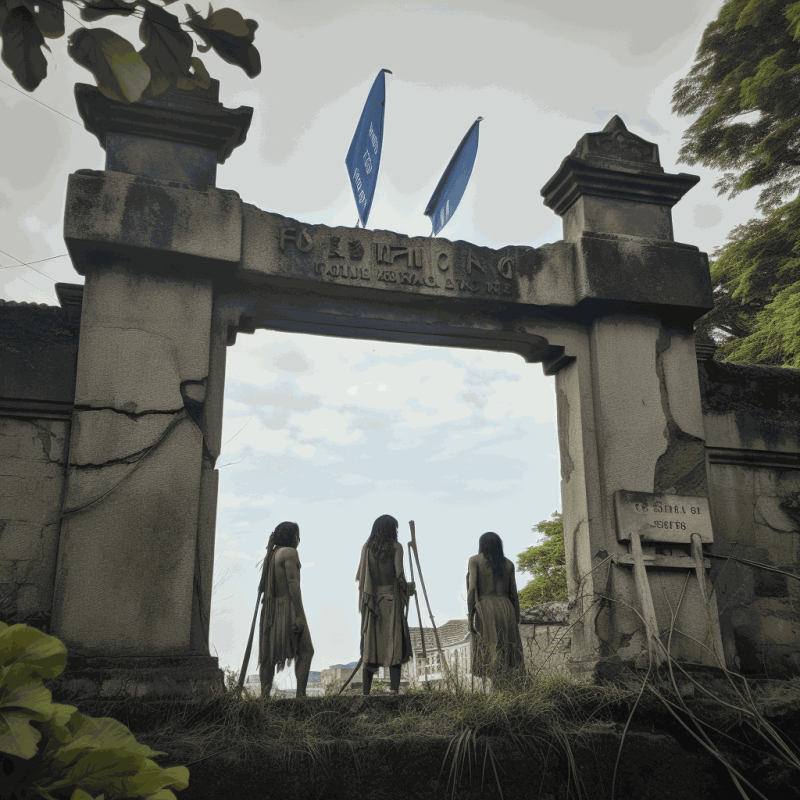
Pocono Zhao Yu, "NEWCOMER,Island Ianding", 2023. Mixed media on marble, Photography. Courtesy of the artist.
-
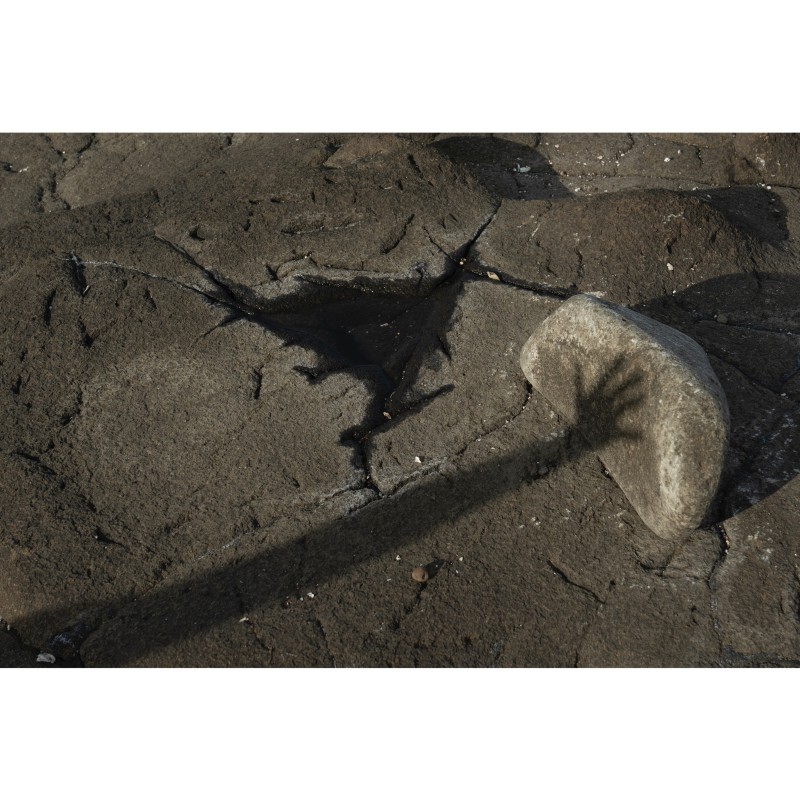
Shu Chutian, "Rite 3", 2023. UV print. Courtesy of the artist.
-
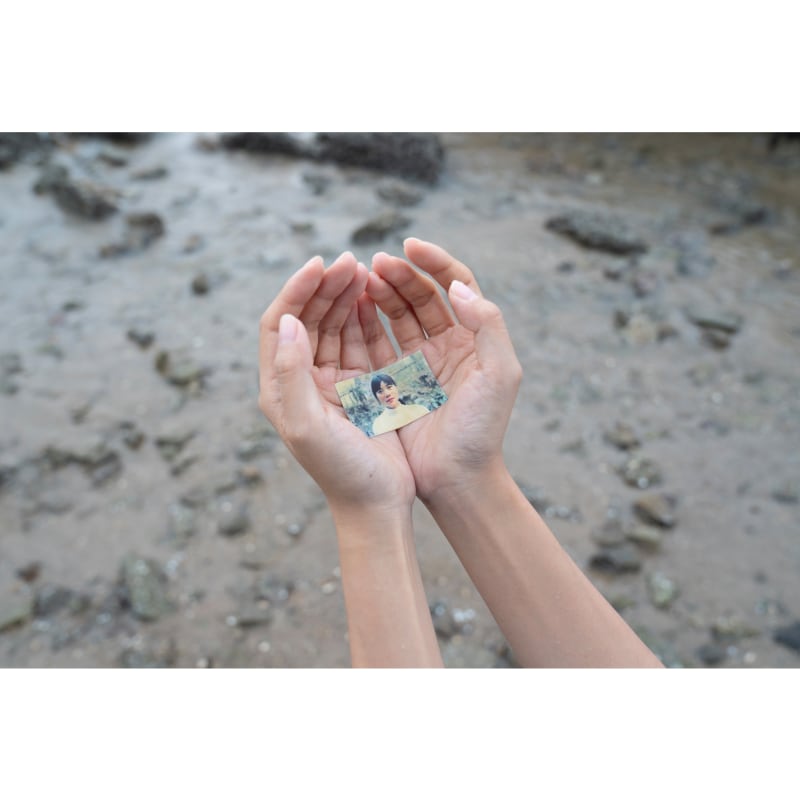
Shu Chutian, "Letter 1", 2023. UV print. Courtesy of the artist.
-
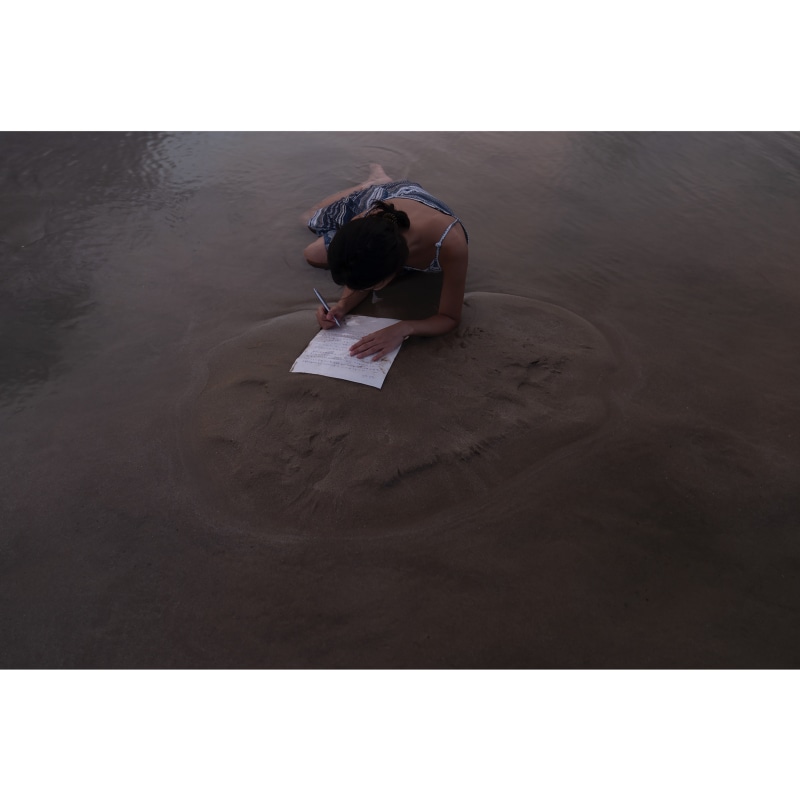
Shu Chutian, "Letter 2", 2023. UV print. Courtesy of the artist.
